New technology provides insight into the development of immune cells
Barcode system enables researchers to follow which development path the cells take at the same time as identifying which genes are actively transcribed as messenger RNAs
The entire range of our blood and immune cells are derived from hematopoietic stem cells. Yet which genes influence how they develop into the different cell types? Scientists from the German Cancer Research Center (DKFZ) have now developed a new technology to answer this question. A genetic marker system enables researchers to follow which development path the cells take at the same time as identifying which genes are actively transcribed as messenger RNAs.

© Rodewald/DKFZ
During hematopoiesis, the various blood cells – blood platelets and red and white blood cells – arise in the bone marrow from hematopoietic stem cells via several precursor stages. The methods available to date enabled researchers to either follow the fate of the stem cells or to study which genes are transcribed and turned into RNA in stem cells. Thorsten Feyerabend's team under Hans-Reimer Rodewald at the DKFZ has now teamed up with systems biologist Thomas Höfer, also from the DKFZ, to develop a new technology that combines both these aspects for the first time.
PolyloxExpress barcoding is based on a system also developed by Rodewald's laboratory for the genetic marking of cells that works like a barcode. It makes use of the fact that DNA sequences at a location on the genome that does not contain any genetic information are reorganized randomly or removed following activation of Cre, which acts as molecular "scissors." As this creates up to 1.8 million different DNA sequences, the stem cells receive a personal code that is passed on during cell division, transcribed as messenger RNAs, and can be followed during development of the immune cells.
The researchers have now combined this marking system with RNA single cell analysis to examine the transcriptome, in other words the entire set of all genes actively transcribed from DNA into RNA in a cell. "We tested the system on mouse blood stem cells and were thus able to demonstrate that hematopoietic stem cells have different characteristic transcription profiles depending on the type of cell that they go on to generate. This is the first step in identifying the molecular factors that determine which particular cell type a stem cell gives rise to, " explained Rodewald. "The system also has great potential beyond that: In principle, it can be transferred to stem cells in other organs or tissues." The refined barcode system might also be useful in future for studies on the development and spread of cancer, for example by providing information about which cells in a tumor can form metastases.
Original publication
Weike Pei, Fuwei Shang, Xi Wang, Ann-Kathrin Fanti, Alessandro Greco, Katrin Busch, Kay Klapproth, Qin Zhang, Claudia Quedenau, Sascha Sauer, Thorsten B. Feyerabend, Thomas Höfer, and Hans-Reimer Rodewald; "Resolving Fates and Single-Cell Transcriptomes of Hematopoietic Stem Cell Clones by PolyloxExpress Barcoding"; Cell Stem Cell; 2020
Most read news
Original publication
Weike Pei, Fuwei Shang, Xi Wang, Ann-Kathrin Fanti, Alessandro Greco, Katrin Busch, Kay Klapproth, Qin Zhang, Claudia Quedenau, Sascha Sauer, Thorsten B. Feyerabend, Thomas Höfer, and Hans-Reimer Rodewald; "Resolving Fates and Single-Cell Transcriptomes of Hematopoietic Stem Cell Clones by PolyloxExpress Barcoding"; Cell Stem Cell; 2020
Topics
Organizations
Other news from the department science

Get the life science industry in your inbox
By submitting this form you agree that LUMITOS AG will send you the newsletter(s) selected above by email. Your data will not be passed on to third parties. Your data will be stored and processed in accordance with our data protection regulations. LUMITOS may contact you by email for the purpose of advertising or market and opinion surveys. You can revoke your consent at any time without giving reasons to LUMITOS AG, Ernst-Augustin-Str. 2, 12489 Berlin, Germany or by e-mail at revoke@lumitos.com with effect for the future. In addition, each email contains a link to unsubscribe from the corresponding newsletter.
Most read news
More news from our other portals
Last viewed contents
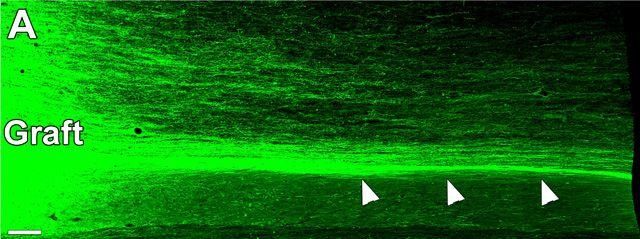
Human neural stem cell grafts used to repair spinal cord injuries in monkeys
Spinifex to be acquired by Novartis - Australian pain drug innovation company sold to Novartis for US$200m plus milestone payments
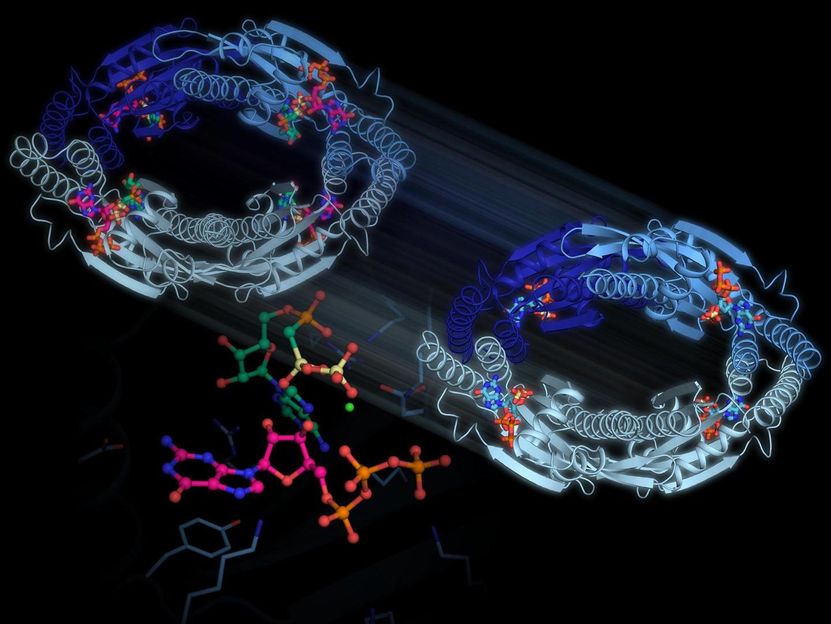
How the MRSA bacterium handles stress
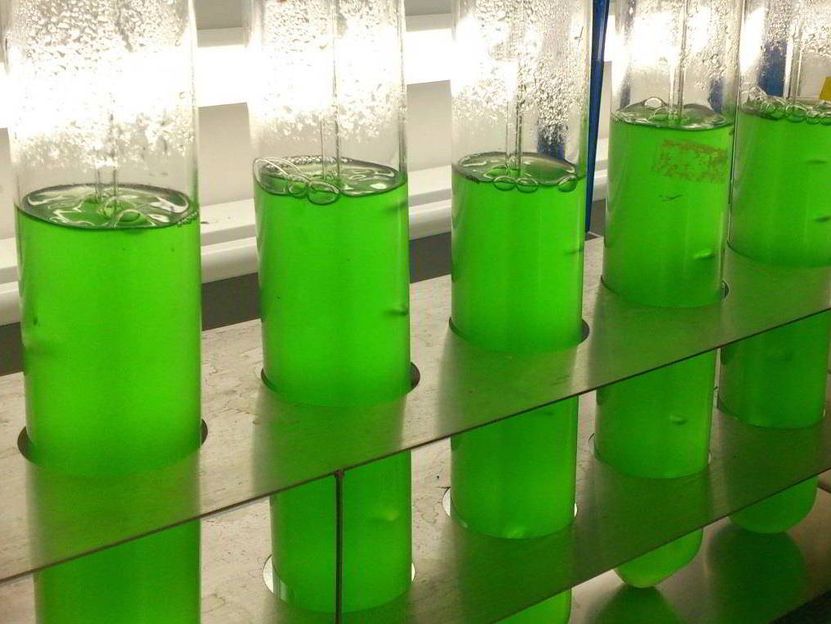
Natural substance as alternative to controversial glyphosate? - Novel unusual sugar from cyanobacteria acts as natural herbicide
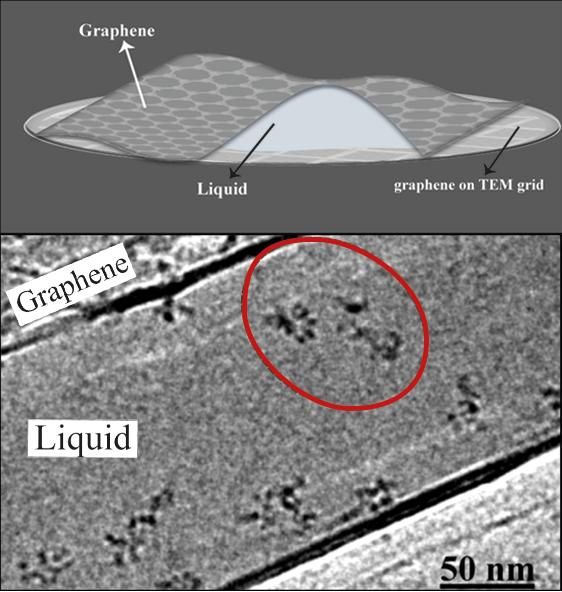
Naked molecules dancing in liquid become visible - Visualizing polymers moving inside tiny graphene pockets
Paul Ehrlich-Stiftung - Dirmstein, Germany
Analytik Jena appoints new managing director at Japanese subsidiary

Piecing together the full picture of the genome - Revolutionary new DNA sequencing method enables unparalleled rapid, accurate, and efficient analysis while preserving the full picture of a genome
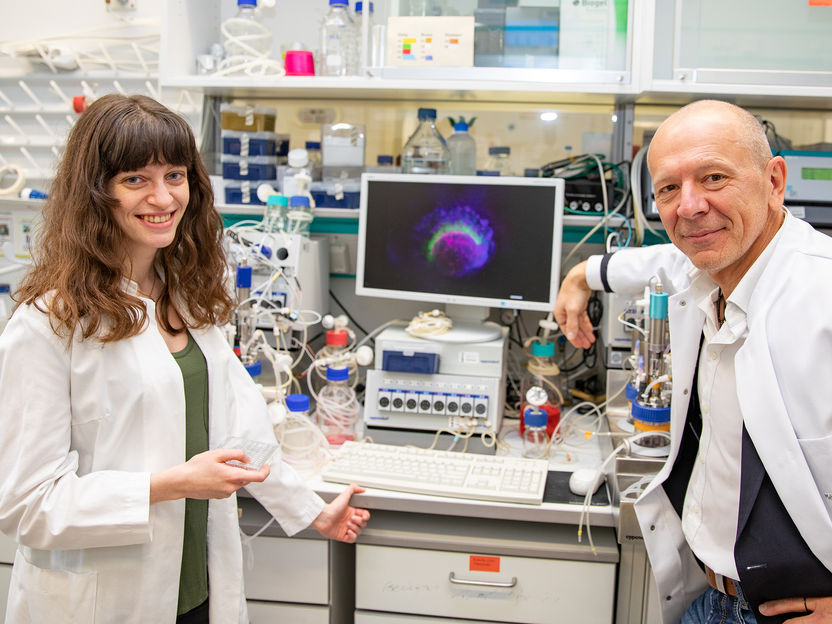
Embryonic development in cell culture - Research group can for the first time reproduce early human heart development in a culture dish using human pluripotent stem cells
New diagnostic approach for carriers of recessive genetic disorders - Disruption of global gene expression patterns in carriers may be a significant source of human variation






















































